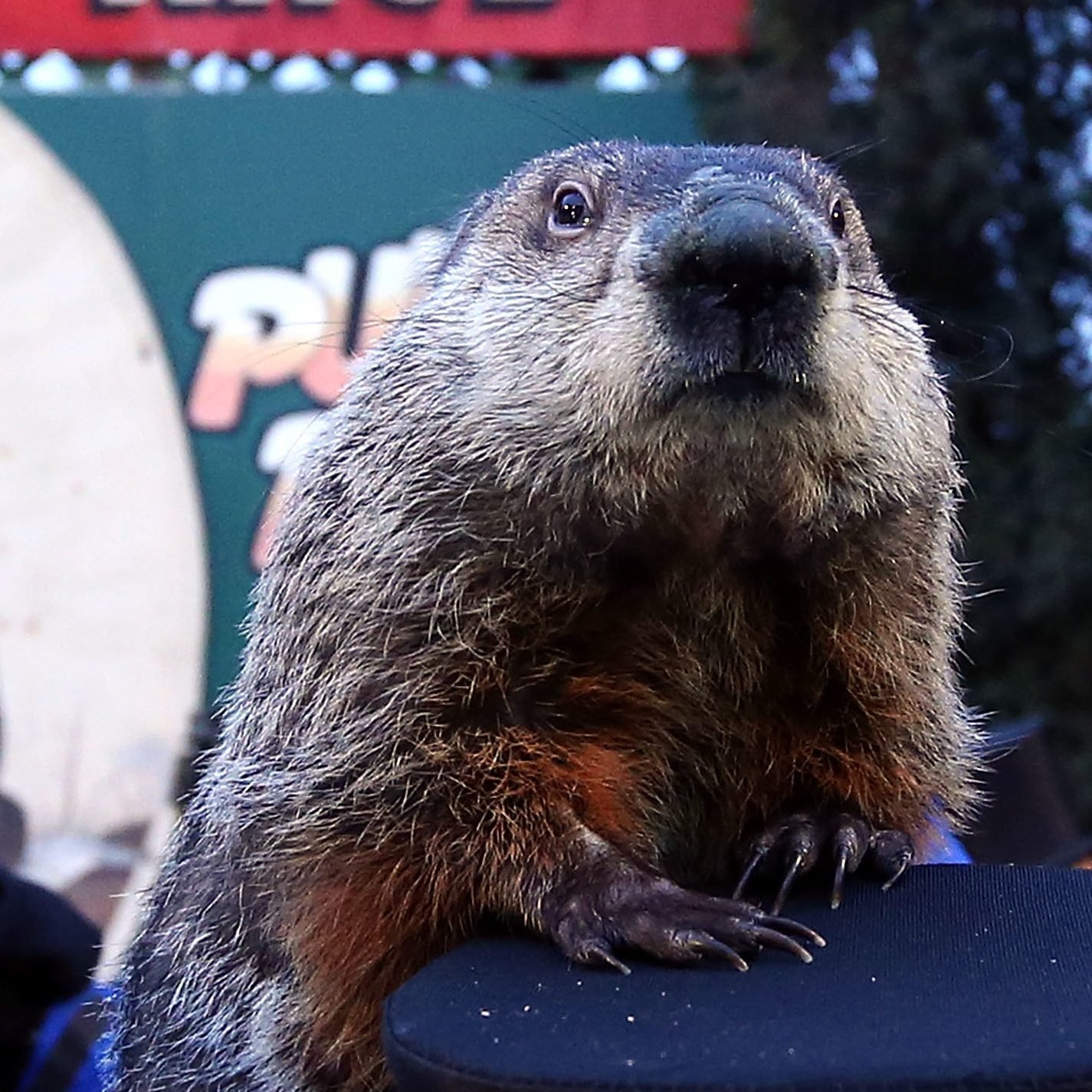

When it comes to weather predictions, it's might be fun to consider the predictions of a furry rodent's shadow, but there are better ways to guesstimate how long winter will last.
Origins of Phil
 Bettmann/Getty Images
Bettmann/Getty Images
Once upon a time in Germany, Candlemas Day, when candles were distributed to bring light to folks through the winter, was the harbinger of spring; a cloudy day meant a thaw was coming soon. Eventually, a hedgehog was added to the mix, and if said wee beast saw its shadow on Candlemas Day, winter was due to stretch on for another six weeks. German settlers in Pennsylvania switched it up to the regionally abundant groundhog, according to History.com. And in 1887, members of the Punxsutawney Groundhog Club declared that one groundhog alone—Punxsutawney Phil, probably named for the U.K.'s Prince Phillip—would henceforth be a predictor of spring on February 2. Find out more about the history of Groundhog Day.
How accurate is he (or she)?
 Jeff Swensen/Getty Images
Jeff Swensen/Getty Images
Punxsutawney Phil comes with his own catchphrase, which is actually part of his official name: "Seer of Seers, Sage of Sages, Prognosticator of Prognosticators, and Weather-Prophet Extraordinary." Big words. But how close to the truth are they? According to the Stormfax Weather Almanac, all told over a century-plus—and there are years, in the early days of the tradition for which no records were preserved—the groundhog has a 39 percent rate of accuracy. It's not great. But then again, considering the source is a mammal that lives in a hole, it's pretty astounding. That groundhogs are lousy at predicting the weather is one of 16 groundhog facts everyone should know.
How Accurate Are Punxsutawney Phil's Predictions?, Source:https://www.rd.com/culture/punxsutawney-phil/